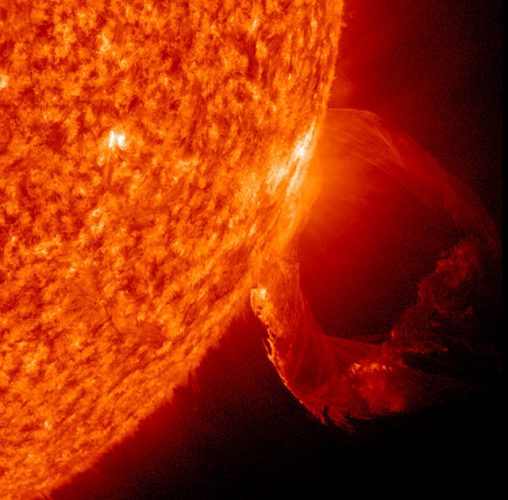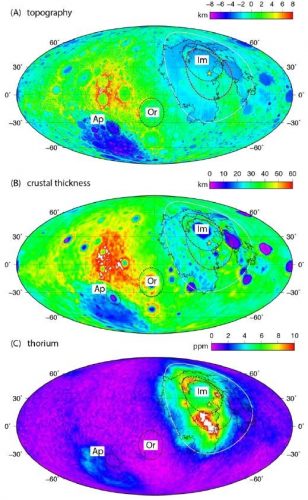
The exoplanet NGTS-4b found in an area where it shouldn’t exist
An article published in the journal “Monthly Notices of the Royal Astronomical Society” reports the discovery of an exoplanet belonging to the mini-Neptune class in an orbit close to its star, where a planet of that type should not exist, so much that it’s called Neptunian Desert. A team of astronomers coordinated by the University of Warwick used the Next-Generation Transit Survey (NGTS) array in Chile to locate the exoplanet, which was therefore cataloged as NGTS-4b. It may have got closer to its star or was originally larger but part of its atmosphere was consumed by stellar radiation.





